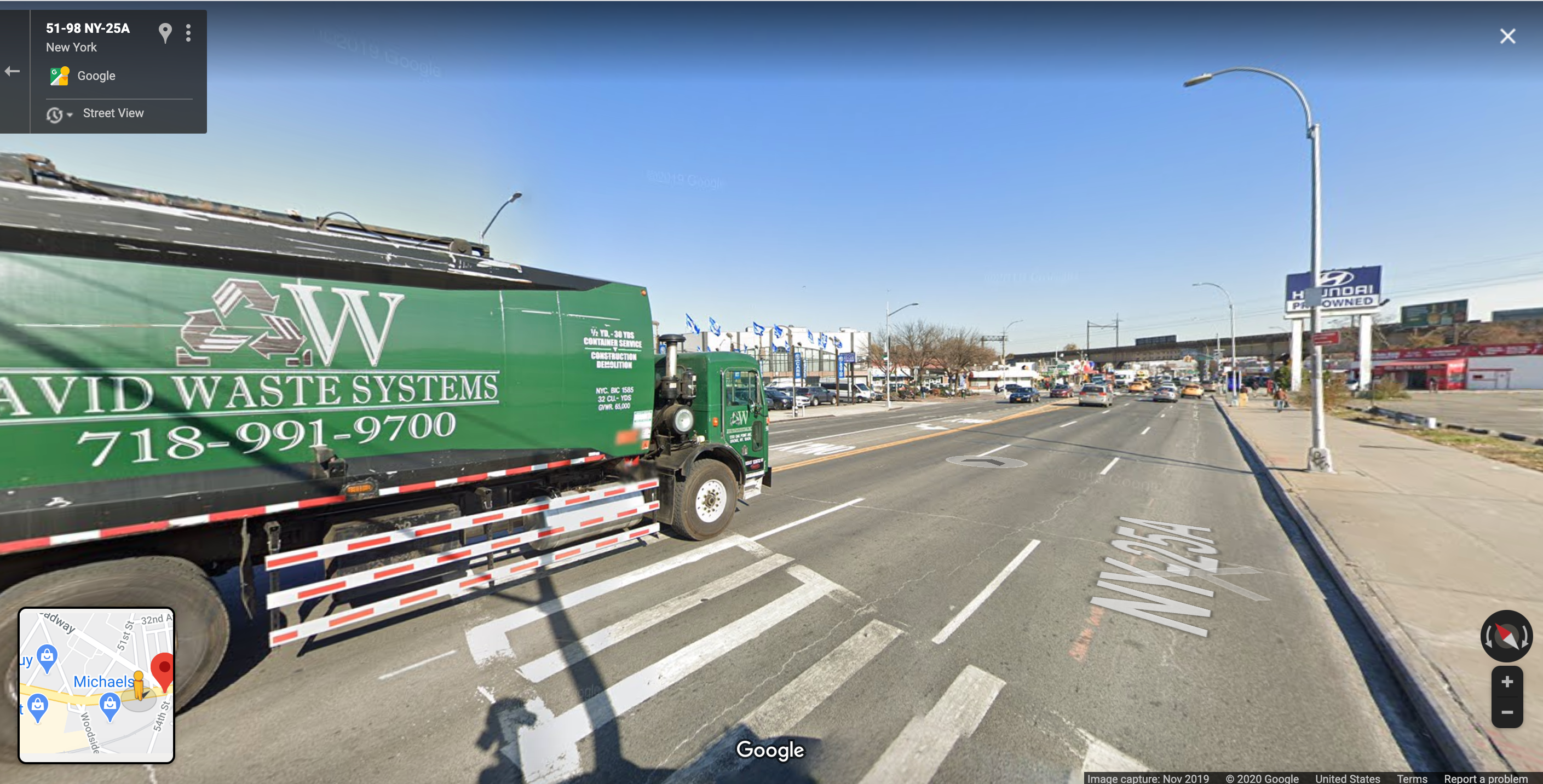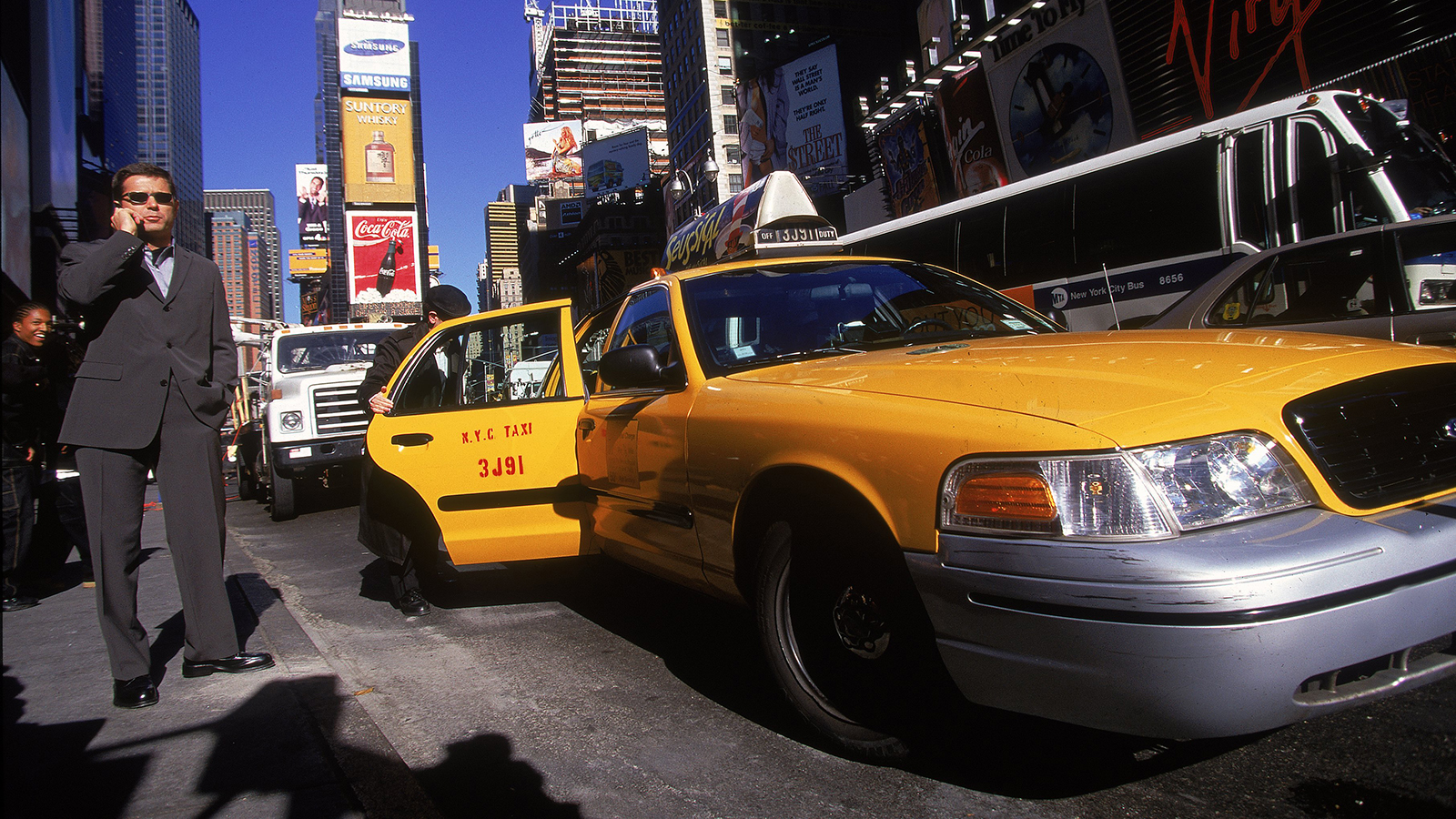NYC's Actual Traffic Policy Is More Traffic
Even as someone who feels that cities should do everything they can to discourage people from driving, I think NYC's new plan to drop speed limits on major roads is stupid. But a New York Times report on the city's justification for it is illuminating: The city's only plan for actually slowing down cars, it seems, is to jam the roads to gridlock.
The speed limit reduction is an attempt to curb a spike in traffic deaths. "Already this year, more passengers, drivers and motorcyclists have been killed in car crashes than all of last year," the Times reports. The city's plan, however, has some issues. In any case, here is that plan, as the Times details:
On Tuesday, officials will announce the speed limit will be lowered to 25 miles per hour — the standard limit on most of the city's roadways — on eight of those streets, including parts of Riverside Drive in Manhattan, Flatbush Avenue in Brooklyn, Northern Boulevard in Queens and Bruckner Boulevard in the Bronx.
The limit will also drop to 25 miles per hour on Shore Parkway Service Road and Dahlgren Place in Brooklyn, Webster Avenue in the Bronx and Targee Street in Staten Island.
While it may be only New Yorkers who are intimately familiar with the traffic patterns on Northern Boulevard, anyone in America will immediately recognize what is idiotic about this plan. Northern Boulevard is a six-lane road. You can put as many 25 mph signs on it as you want, people will drive as fast as the road allows. In the case of Northern Boulevard, that speed is roughly 200 miles an hour, right up until you hit a pothole and your tire explodes.

Now, there is one obvious thing to do. If the road makes people want to drive fast, change the road! Just narrow it, and put in some dedicated bus lanes and blocked-off bike lanes while you're at it. Hell, throw in some more of those big traffic island/peninsula things so that pedestrians can cross easily. It's a win-win.
Perhaps just as obvious is that the city has seemingly no actual intention to do so, as noted in the bottom part of the Times article, where all the realistic reckoning-with-the-world quotes go:
But with the city's sprawling subway system facing looming cuts and New Yorkers buying bicycles, scooters and cars in record numbers, many transit experts say that Mr. de Blasio needs to take more drastic action — like accelerating the creation of new busways and protected bike lanes, and restricting traffic into Manhattan during rush hours — to ensure streets are safe and functional.
"New York City is facing four existential challenges: the death spiral of public transit, ballooning car ownership, an increase in traffic deaths and serious injuries and the lack of a plan for addressing these from the mayor," said Danny Harris, executive director of Transportation Alternatives, an advocacy group.
Not to single out Northern Boulevard too much, but the people who live near it have been clamoring for a dedicated bus lane there. The road carries tens of thousands of cars and trucks a day, as Streetsblog noted last year, but the Q66 bus that serves it averages a scant 7.4 mph. "If we are going to fix Northern Boulevard and tame this wild-west roadway we must have a busway, we must have bus lanes, and we must make it safer in every possible way," Jimmy Van Bramer, deputy leader of the City Council, said at a rally late last year, per the Sunnyside Post.
If the city's policy isn't providing people with good and easy alternatives to driving in the first place, and we all know that by themselves speed limit signs don't end speeding or reduce the fatalities are more likely at higher velocities, what is the city's policy, actually? Well, the city's transportation commissioner lays that out:
"People got in the habit of driving too fast and too recklessly when roads were more open, and unfortunately, we're still seeing that behavior," Polly Trottenberg, the city's transportation commissioner, said in an interview. "We're starting to get almost back to normal, but there are still times and places in the city where traffic levels are lower and drivers are able to get up to higher speeds."
So the strategy is basically to rely on gumming up traffic flow so thoroughly that you can't speed. Honestly, it may be the most effective management the city has done thus far.
